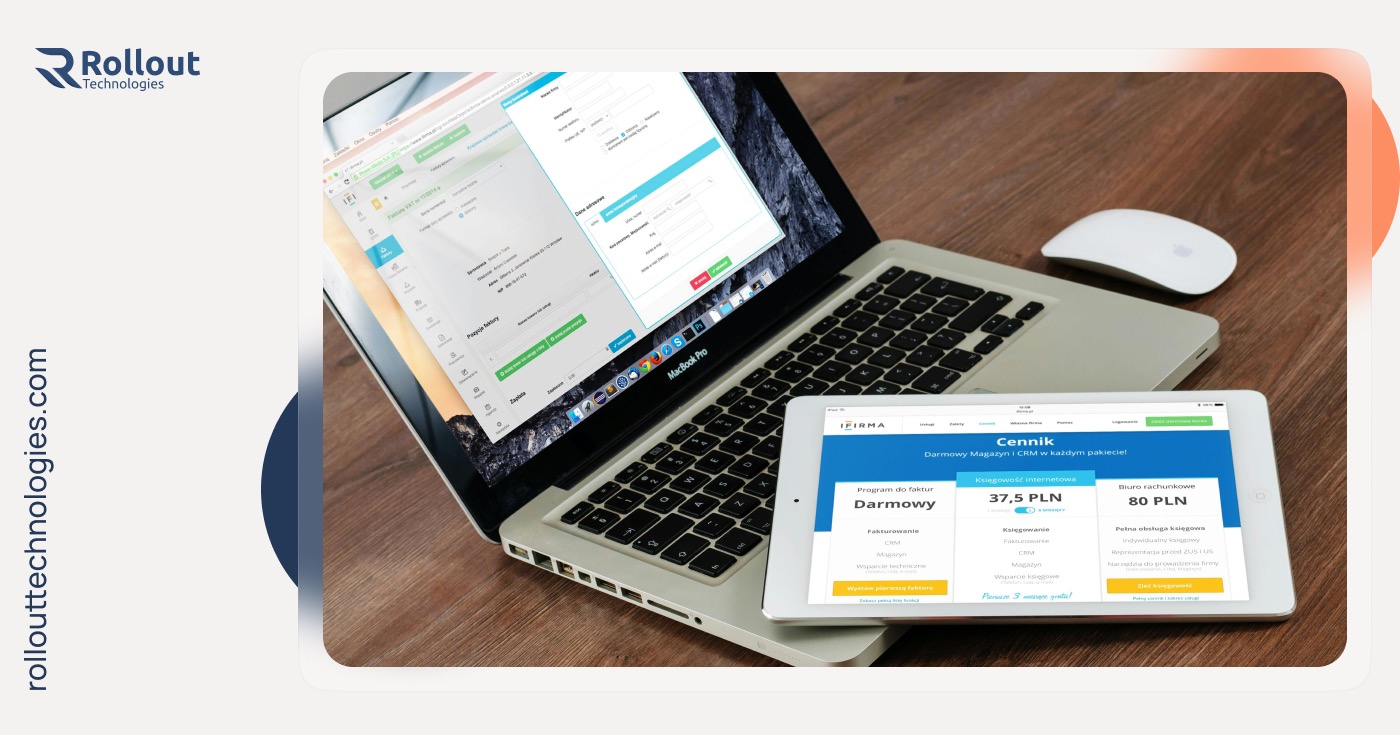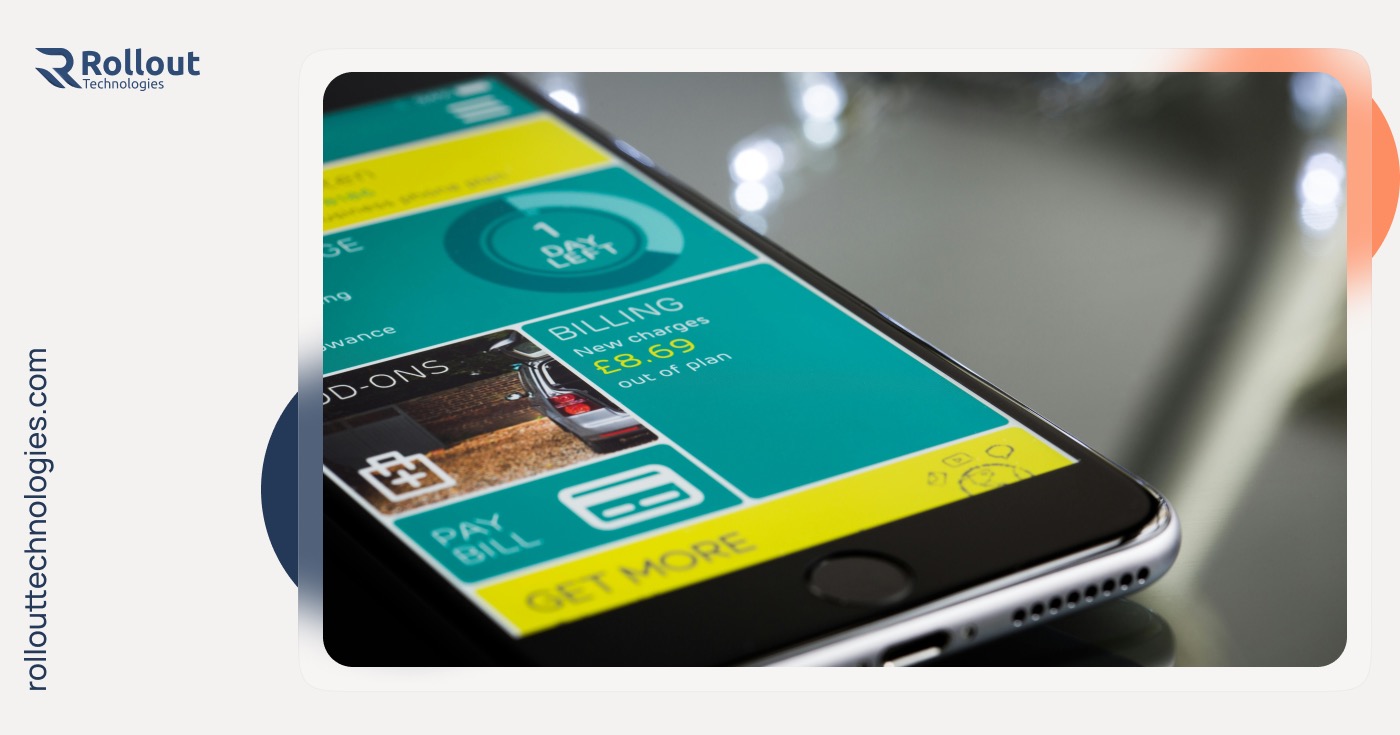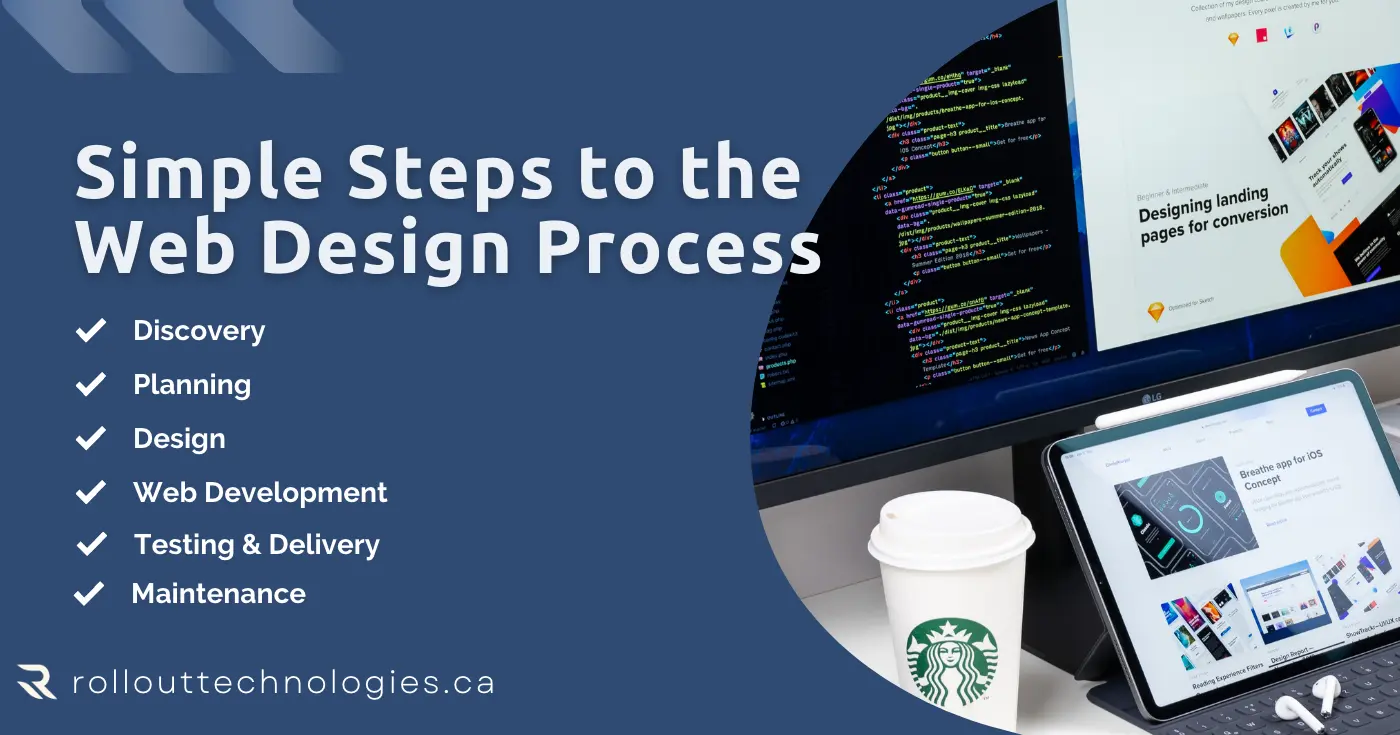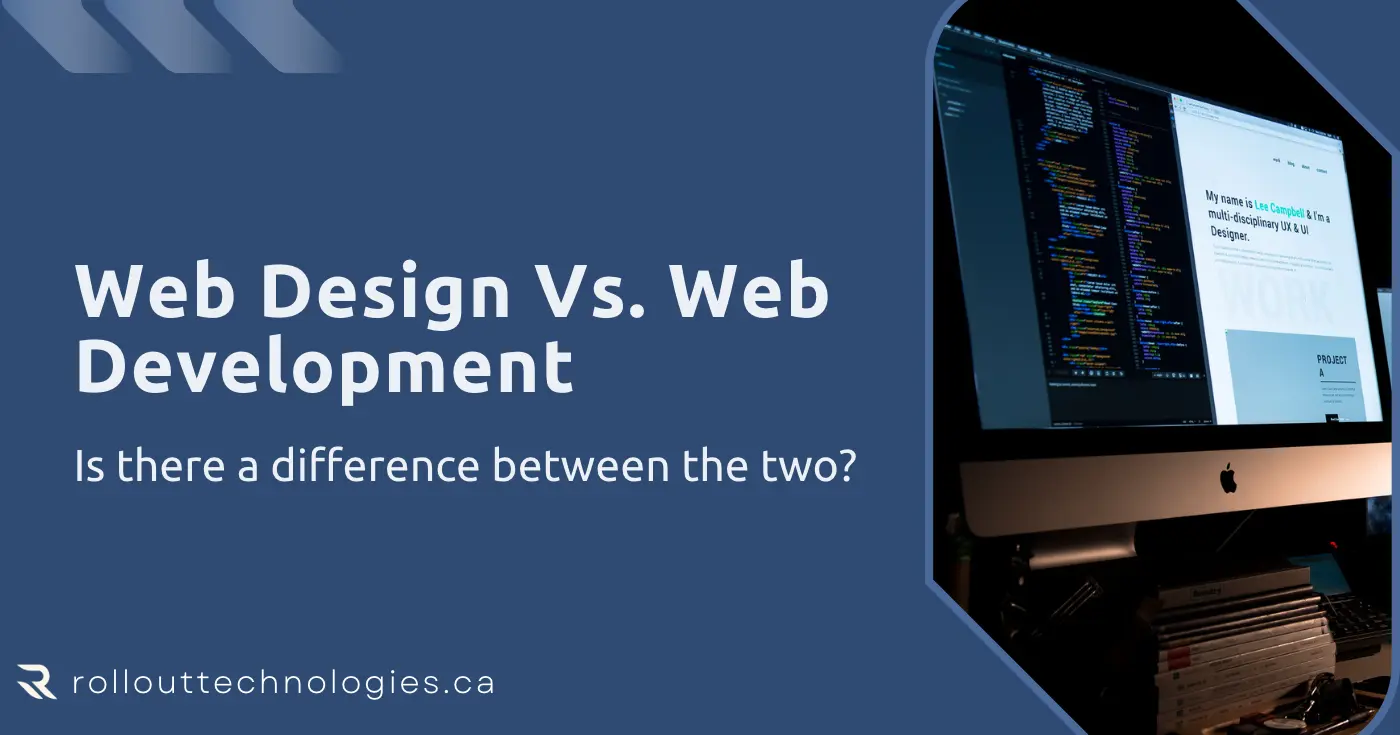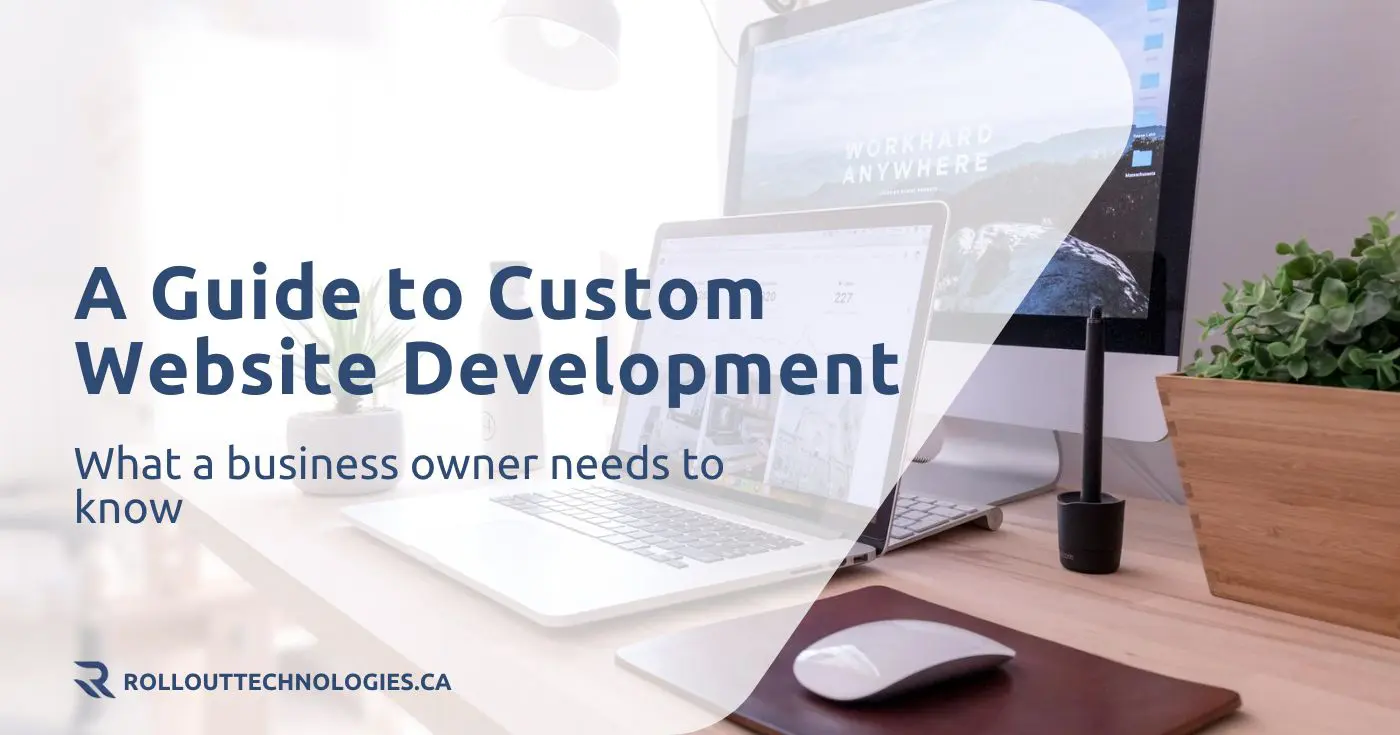Imagine you have bragged about the excellent user experience in your business profile and marketing channels, and a visitor suddenly visits your website or app thinking it’s true. You will be in constant fear that what if visitor will accidentally click on the functionality that you bragged about only for marketing purposes. Now this will be a scary and stressful situation.
Not to scare you more, but you might be stunned to hear that over 88% of people leave the website within a few seconds due to bad user experience(UX). Nowadays, everyone wants an easy life. Having a complex UI can frustrate visitors, resulting in a bad experience.

You might want to slap the same way Batman did to Robin when you encounter poor design and unresponsive functionalities on the web. We feel you.
Let’s admit it: It’s not about just looks; it’s about how you create an easy and hassle-free experience for your user. User Interface is the channel between the human and computer. In a way, it is a visual and interactive element of the digital product which is visible to the user.
Whether it’s a mobile or desktop, a user-friendly interface is the crucial factor that is not to be compromised at all because it is the first or last impression you are making to your visitor.
This blog is a synopsis about UI/UX design, its definition, importance, benefits, processes, and why it’s crucial in custom software development. You will find this blog useful if you are planning to design or develop a website, app, or any software. Let’s dive in.
What is User Interface and User Experience (UI/UX)?
User Interface Design
User Interface is a user-centric approach to creating the visual aesthetics of a digital product. In this sense, it refers to the look, feel, or face of software.
UI is considered as a graphical layout of the application which should be easy to use, functional, and visually appealing. It includes some visual touchpoints, such as animation, layouts, colors, buttons, menu images, etc., so that the user can interact and navigate seamlessly.
To sum up, User Interface is all about presenting product interfaces that aesthetically appeal to and delight the users when they visit the page.
User Experience Design
User Experience, on the other hand, refers to designing the user’s experience when interacting with your software product.
To the core, the aim of UX is the interaction of users with different products and services. UX designers consider every step of the user journey with the product.
It involves different factors, such as the user’s needs, behaviors, and motivations. In this case, the ultimate result is to improve every touchpoint to enhance the user experience throughout their journey.
Why is UI Design Important?
A slick UI design is important for the success of digital products and businesses. The core objective is not only to make things look attractive but also to create an awesome user experience. To win this, make sure you keep up with your UI game.
Benefits of Effective UI Design
- Easy and intuitive UI design provides exceptional user experience, which leads to engagement and satisfaction.
- Improved usability ensures users perform their tasks and achieve desirable goals without any hurdles or confusion.
- A good UI design motivates user retention leading to a likely return to use.
- A good UI design not only makes it look appealing but also streamlines workflows and leads to increased productivity.
- A slick UI design positively impacts business metrics.
- Concise and intuitive UIs reduce the costs of customer support and user training.
- Increased user engagement motivates users to interact more and spend more on the platform.
Why UX Design is Important?
A good UX design offers the users an intuitive, efficient, and relevant experience. The main objective is to get a proper understanding of users’ values, needs, abilities, and limitations. To get a win-win situation you must consider focusing on good UX design.
Benefits of Effective UX Design
- Well-planned UX helps you increase ROI.
- UX navigates to create a positive brand reputation.
- Good UX helps to grow customer loyalty leading to increased user engagement.
- Successful UX results in better conversions & sales.
- Great UX directs a positive brand reputation amongst the users.
- UX with ideal page loading speed retains the customers.
UX/UI Design Process
As we already know, both UI and UX are interconnected. Therefore, a systematic approach helps in creating a digital product with better functionality, enhanced visuals, and maintaining user-friendly interfaces. Below given are the key pointers to follow during the UX/UI design process.
Understanding User Needs
It is crucial to understand the user’s target audience, their needs, and preferences so that you can come up with pain points. This can be done by performing interviews, surveys, or by research.
Define the problem
After the research comes to the stage you must define the problem and what are the core reasons for the problem.
Conduct Brainstorming Solutions
Consequently, the next step of the process is to conduct continuous brain-storming to get the possible solutions to the problem.
Create a possible prototype design
Creating a prototype design gives the team a rough idea of the product’s functionality and performance. Eventually, it helps the designers and developers understand the workings of application and how it will make the user feel.
Testing the Solution
Testing is one of the important phases of the UI/UX design process. Conduct testing to get feedback from the users and identify the possible issues they might be facing while using.
Final Implementation for Launch
The final process is launching the product after getting feedback from the real world. Leveraging analytics and their user feedback for improving and for better updates.
Five Primary Rules for UX/UI Design
Below given are five primary rules to consider for UX/UI design:
User-centered Designing
Prioritizing the customer base and their needs, preferences, and capabilities to get started with the UI/UX process. This is only possible by conducting thorough research, knowing user personas, and evaluating their usability testing. All these aspects help UI/UX designers to take proper call actions to address the pain points.
Let us share one of our interesting project glimpses. One of our clients wanted a web portal to help users with special abilities. We implemented user-friendly features and worked on accessibility as top priority to ensure the website is easily accessible to people who are visually impaired, hearing impaired or have other motor disabilities. Every software has their unique need based on their target audience, and that’s where user-centric designing comes in play.
Consistency
Consistency is an important pillar in UI/UX design. It includes design layout, color themes, interaction patterns, and typography. This enables users to interact smoothly leading to less load time directing to more promising user-friendly interfaces.
In order to achieve commendable growth and scalability, our experts always use design system to meet custom software development goals.
Simplicity
Simplicity makes the design more visible and understandable, removing inessential elements and mitigating complexities. UI/UX designers who focus on delivering better clarity will mitigate unnecessary confusion. A concise interface is smooth enough to give the user user-friendly navigation.
Accessibility
Accessibility of the user to the customer base is primarily important. A UI/UX designer can achieve this by following international standards like WCAG (Web Content Accessibility Guidelines).
Clear Feedback and Iterative Design
Feedback from users in the context of the digital product provides a window for improvements and a channel for optimizing user experience over time.
Why effective UI/UX Design is vital for Custom Software Development?
UI/UX plays a key role in custom software development. It is the core element that not only helps to amplify user experience but also increases the functionality and usability of the digital product. By considering UI/UX as an important priority in the development process, it can result in success in the long run.
According to a research report, every $1 invested in UX brings at most $100 return, 9,900% of ROI. Moreover, UI increases website conversion rate almost by 200%. Therefore, when it comes to business, UX design significantly impacts business value to provide a solution with a better experience.
Good UI/UX yields better results, but a poor one can trap the online revenue, and impact the usability of the product and platform.
A well-designed UI/UX project can bring about an intuitive, and exceptional experience for the users wanting them to explore, and engage more. On the other hand, poor UI/UX can result in a loss of user interest and a drop in business outcomes including sales & revenue.
It is important for businesses, or individuals, to prioritize the importance of UI/UX design for developing a remarkable digital product. Considering this they will not only develop an intuitive digital product but also maintain a connection with their target audience or users.
From simplifying navigation to ease in accessibility or else in bringing delight to customer experience, considering user-friendly interfaces is important.
User-friendly interfaces will ensure every interaction will bring meaningful relationships between both users and the digital product.
Conclusion
In the end, we can conclude that UI/UX design is inevitable in the development of user-friendly custom software. Prioritizing UI/UX design as an important factor can yield good results in the success of your digital product.
Seamless design and user experience offer remarkable user experiences. However, it can be a win-win situation only when you focus on even the smallest aspects, such as click, swipe, and tap, that functionally impact your digital product. Controlling them with seamless functionality can genuinely bring the biggest impressions from the users. Are you considering a new web design or web development project? Then, you must book a discovery call with us at Rollout Technologies to get top-notch design solutions.
FAQs
Custom UI/UX design refers to creating UI/UX design according to the customer’s project objectives, preferences, needs, and brand requirements.
The only way to ensure that your custom software has a user-friendly interface is:
- Knowing and understanding your user base by conducting research.
- Focusing on smooth navigation and giving importance to key features.
- Consider consistency, feedback from users, and testing.
Poor interface design can bring down your digital product leading to a drop in users, losses, and an exponential decrease in sales as well as revenue.
The front end is the front-facing part of a website or application. The user interface is the visual design and structure of the front-end component. On the other hand, UX concentrates on the entire user experience, combining all the functions to meet the user’s needs.
Due to the growing demand for digital experiences, the necessity for UI/UX is growing. It exponentially spans across industries like tech companies, healthcare, finance, retail, and more.
To improve a bad software design you must consider learning from others, stay updated with new technologies, look for feedback and improvements, keep on practicing, and review the basics.
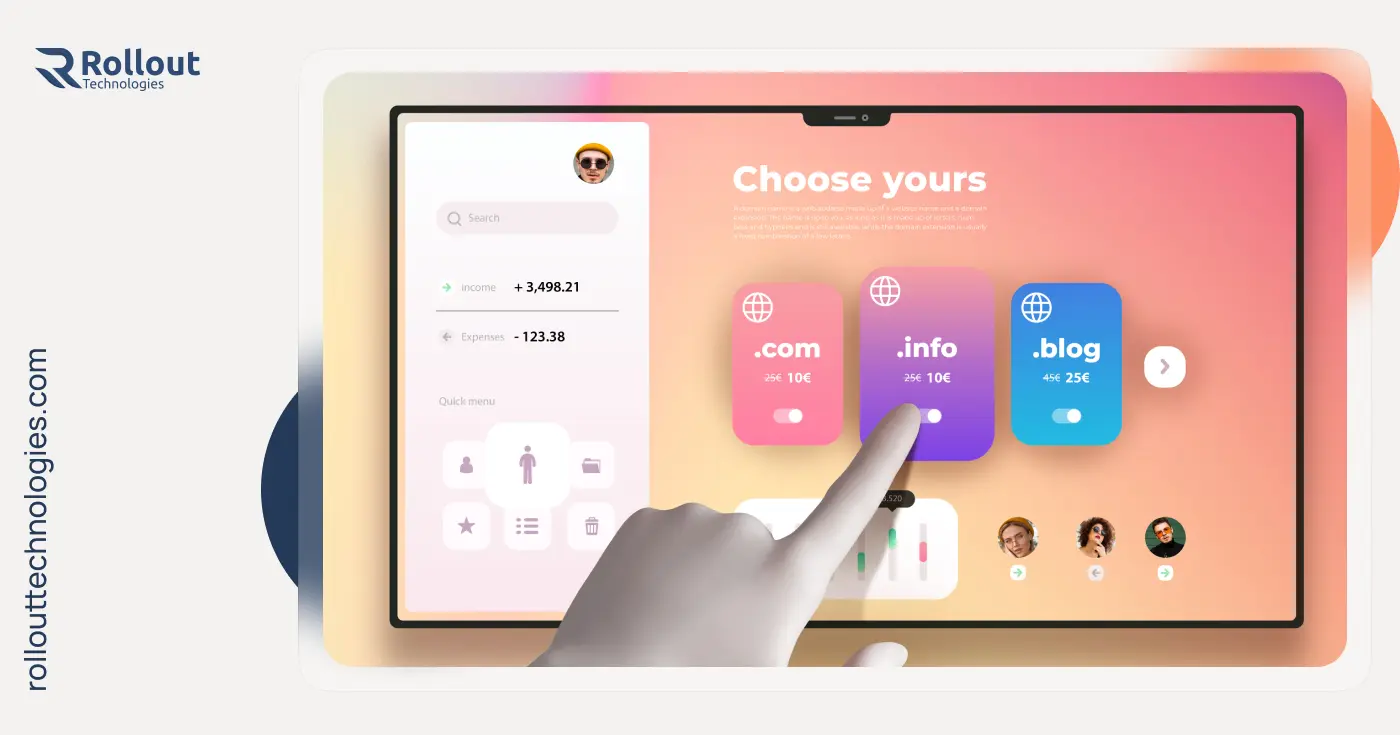
![Mobile App Development: What to Know Before You Start [as a Business Owner]](https://rollouttechnologies.com/wp-content/uploads/2024/06/mobile-app-development-what-to-know-before-you-start.jpg)
